How To Sew by Hand 6 Helpful Stitches for Home Sewing Projects Apartment Therapy

How to Sew by Hand Seven Basic Stitches
Step 3: Start the Slip Stitch. Image Source: Youtube (Professor Pincushion) Position the fabric: Begin your slip stitch at one end of the opening, with the knot on the inside of the fabric. Take the first stitch: Insert the needle from the inside of the fabric to the outside, near the folded edge. The knot should be concealed between the layers.
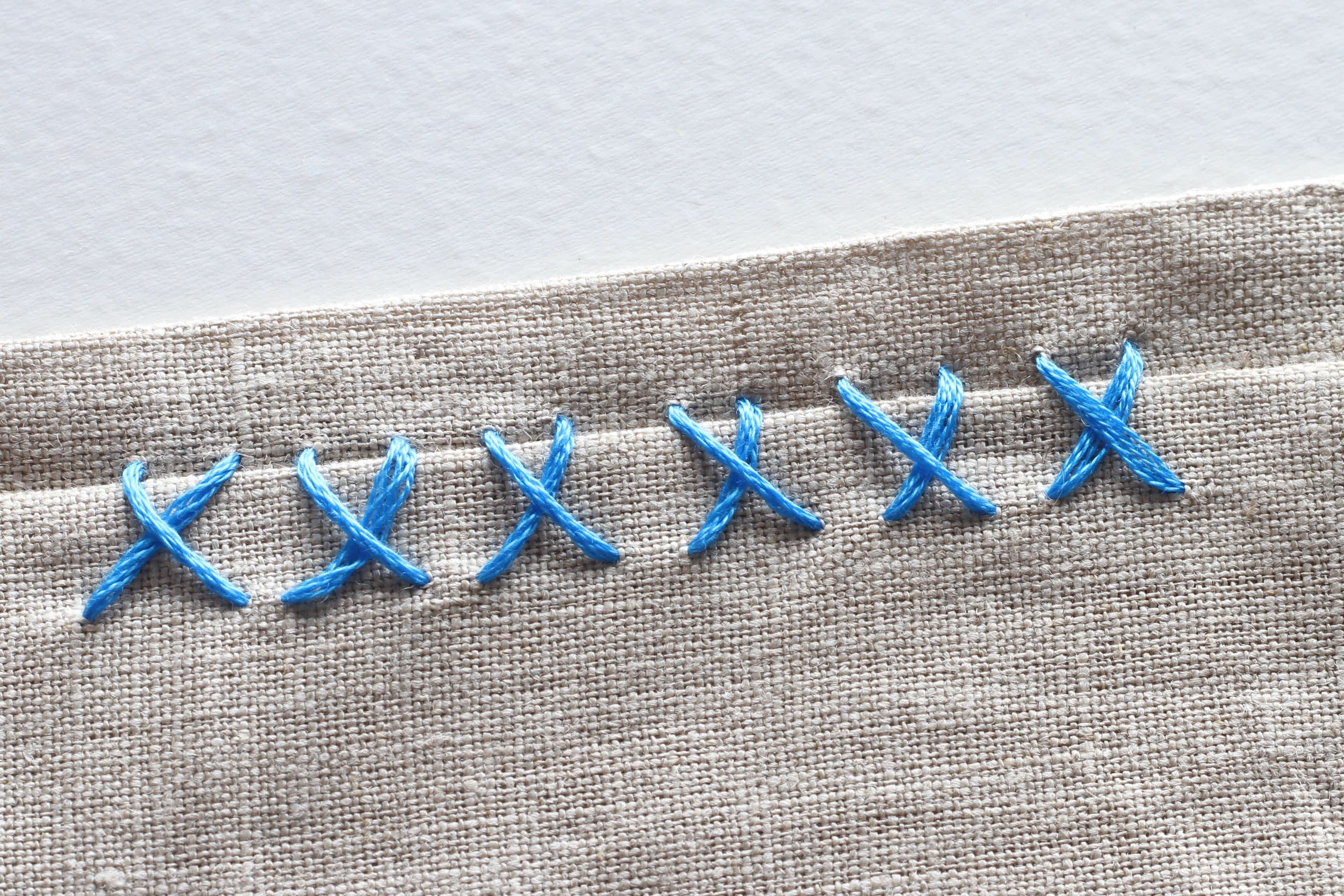
How To Sew by Hand 6 Helpful Stitches for Home Sewing Projects Apartment Therapy
Cut a length of thread twice as long as the repair area and pass it through the eye of the needle. Tie a knot at the end to secure the thread. Lay the fabric flat with the seam facing up. Align.
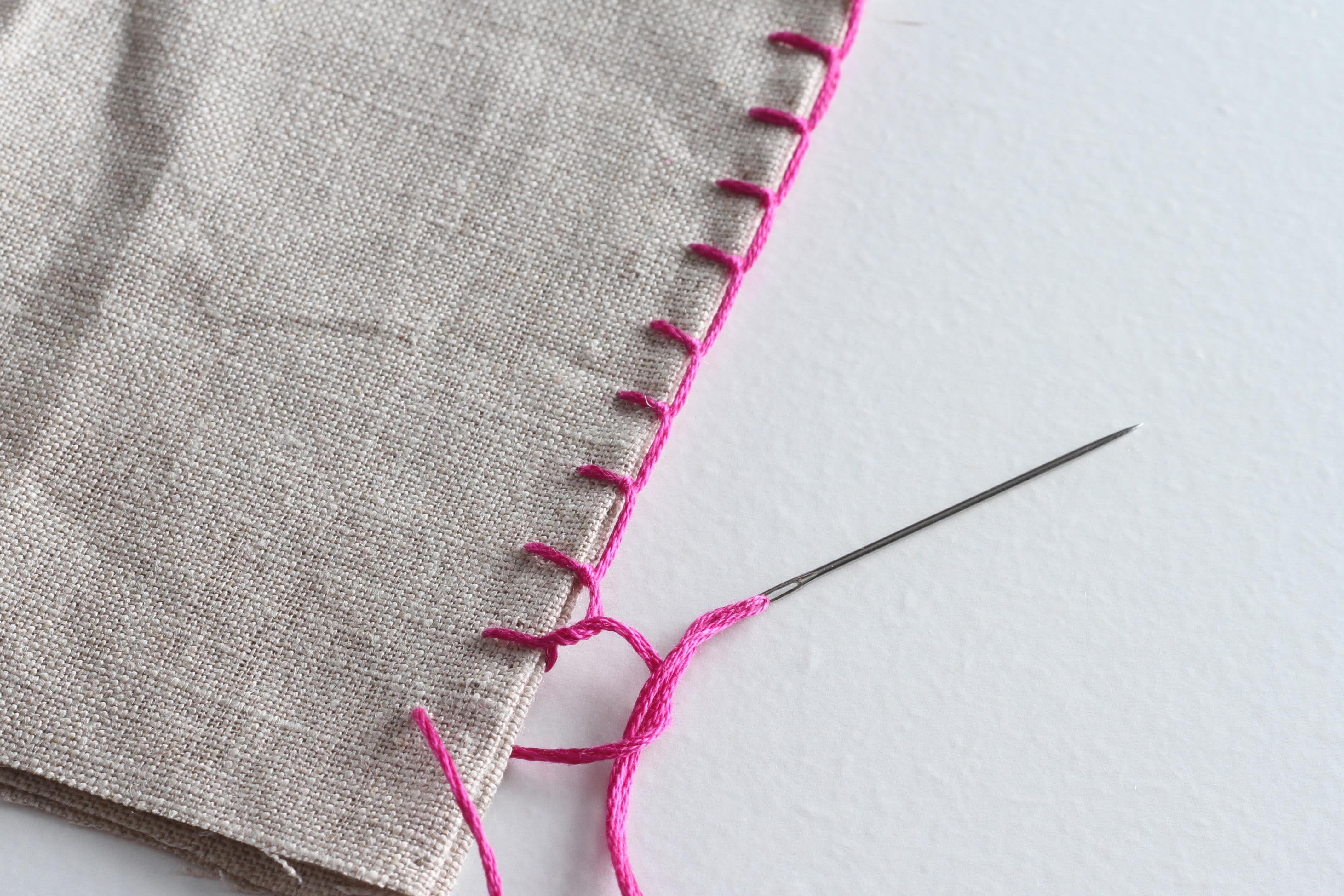
How To Sew by Hand 6 Helpful Stitches for Home Sewing Projects Apartment Therapy
1. Hand-Sewing Stitches Running Stitch Bring your needle up through the fabric from the back (wrong side). Once the knot hits the fabric, make a stitch to the left or right. Bring the thread back up and repeat. Basting Stitch Use the same technique as the running stitch but make longer stitches (between 1/4 inch and a 1/2 inch).

9 Basic Hand Stitching Techniques Every Sewer Should Learn Hand stitching techniques, Sewing
3. Straight stitch. Straight stitch is a type of stitch that is used to sew fabrics together. It is created by passing the needle through the fabric in a straight line. This type of stitch is most commonly used for seams and hems. Straight stitch can also be used for decorative purposes, such as quilting.
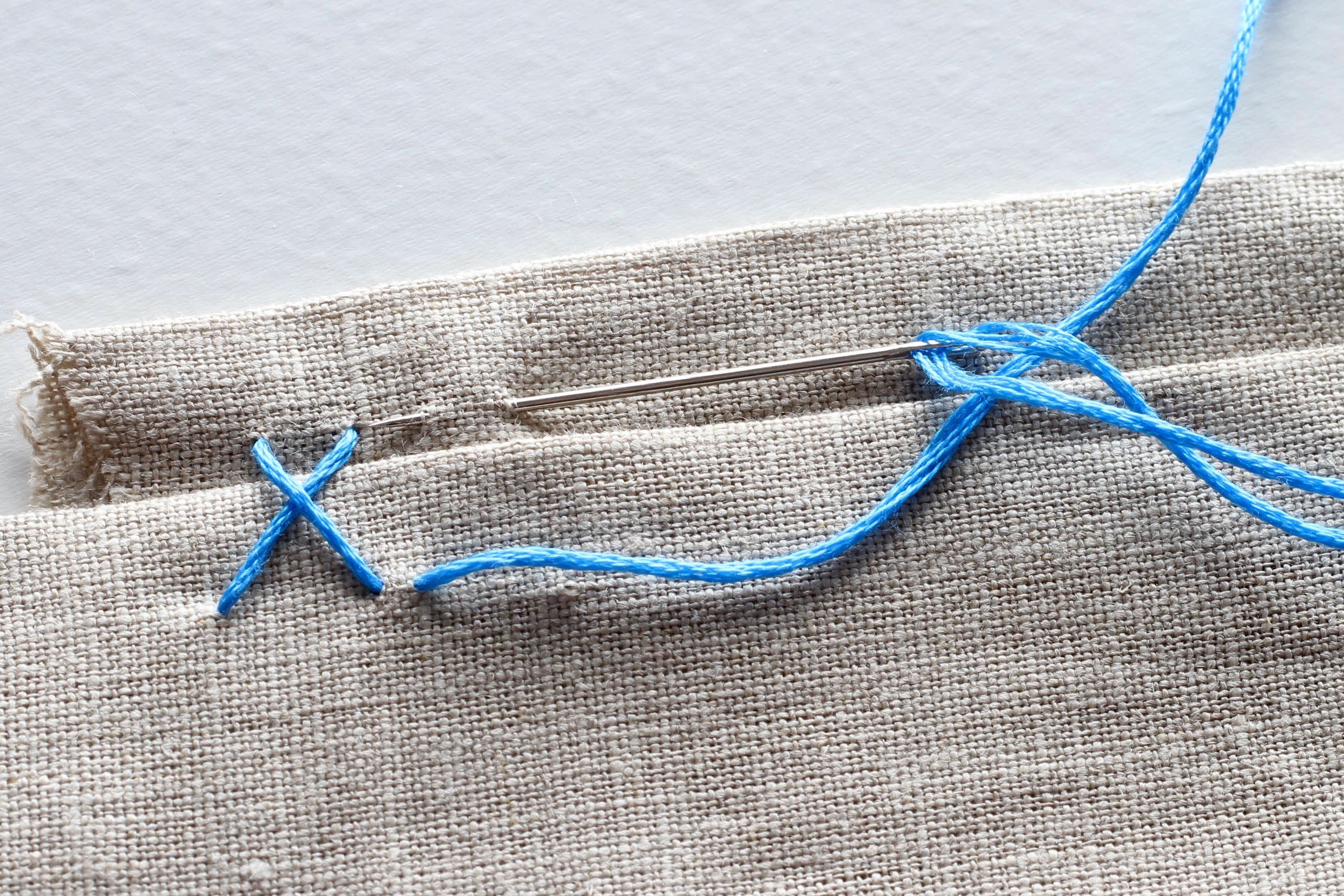
How To Sew by Hand 6 Helpful Stitches for Home Sewing Projects Apartment Therapy
To make the running stitch, hold the layers of material together and bring the needle up through the fabric, then go back down, and repeat this technique at even intervals—it's that simple! Use smaller stitches for more security. You can also use this stitch for basting pieces together.

How To Sew by Hand 6 Helpful Stitches for Home Sewing Projects Apartment Therapy
For sewing on a button, cut about 24 inches of thread. For general projects, measure out roughly 2.5 times the length you plan to sew. Push the thread through the needle eye; a clean cut with.
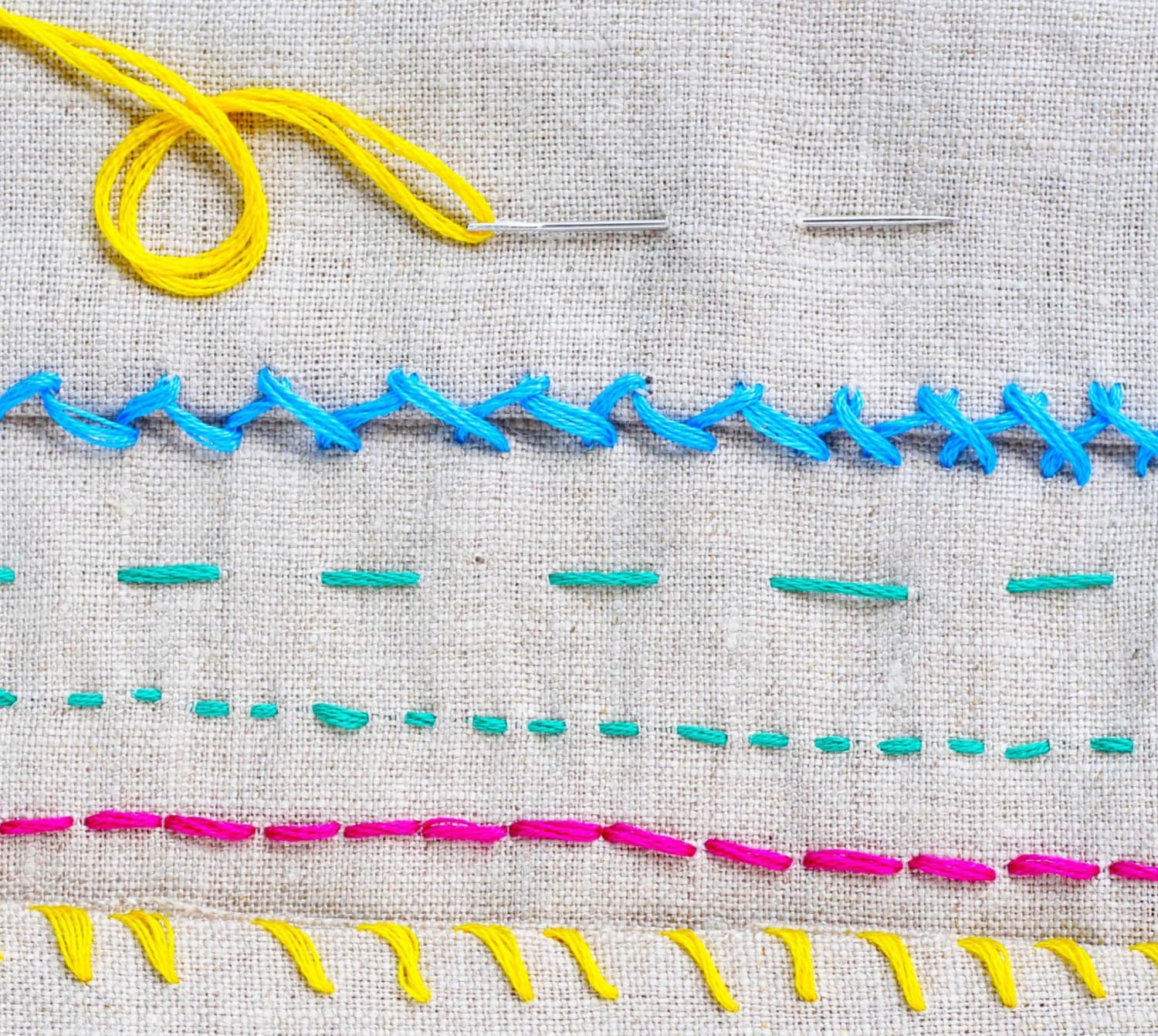
How to Hand Sew 6 Basic Stitch Photo Tutorials Apartment Therapy
Thread a needle and bring it up through the fabric, creating small stitches that run in reverse to form an elegant pattern. It is important to choose the right needle size, thread color, and stitch length, and to create tension as you sew. Using different types of loop stitches can help achieve various effects.

How To Sew by Hand 6 Helpful Stitches for Home Sewing Projects Apartment Therapy
4.1K 260K views 3 years ago #naztazia You can learn How to Sew by Hand for Beginners in this DIY video tutorial. Hi I'm Donna Wolfe from Naztazia. You can create new sewing projects with just a.

How to Sew by Hand Seven Basic Stitches Hand sewing, Sewing, Ladder stitch
This second tiny stitch (2) is taken about 1/4 in (6mm) to the right of the first stitch (1). Make sure the stitch on the garment is not visible on the right side of the fabric. LEFT: Working from left to right, continue taking tiny stitches between the garment and the hem. Keep stitches about 1/4 in (6 mm) apart.

Stitch & Sew 9781617456398
This video demonstrates how to sew a straight stitch by hand. This stitch is excellent for simple hems, decorative stitching and gathering fabric. To view th.

Stitch & Sew by Aneela Hoey Beyond Measure
Hand Embroidery :: A Primer Machine Sewing :: A Primer Beginner Series View complete schedule of classes & workshops Get to Know Stitch :: Jeanne Get to Know Stitch :: Eva Over the next several weeks, we'd like to introduce you to the many friendly faces you see at Stitch Sew Shop.
/Sewing-machine-stitch-GettyImages-643833505-58f451a43df78cd3fcb6f4c7.jpg)
How to Back or Lock Stitch to Secure Your Sewing
Basic sewing stitches include the straight stitch, zigzag stitch, overlock stitch, and buttonhole stitch. Hand sewing stitches such as the running stitch, backstitch, whip stitch, blanket stitch, and catch stitch are commonly used. Matching stitch types to projects is important, considering the fabric type and purpose of the project.
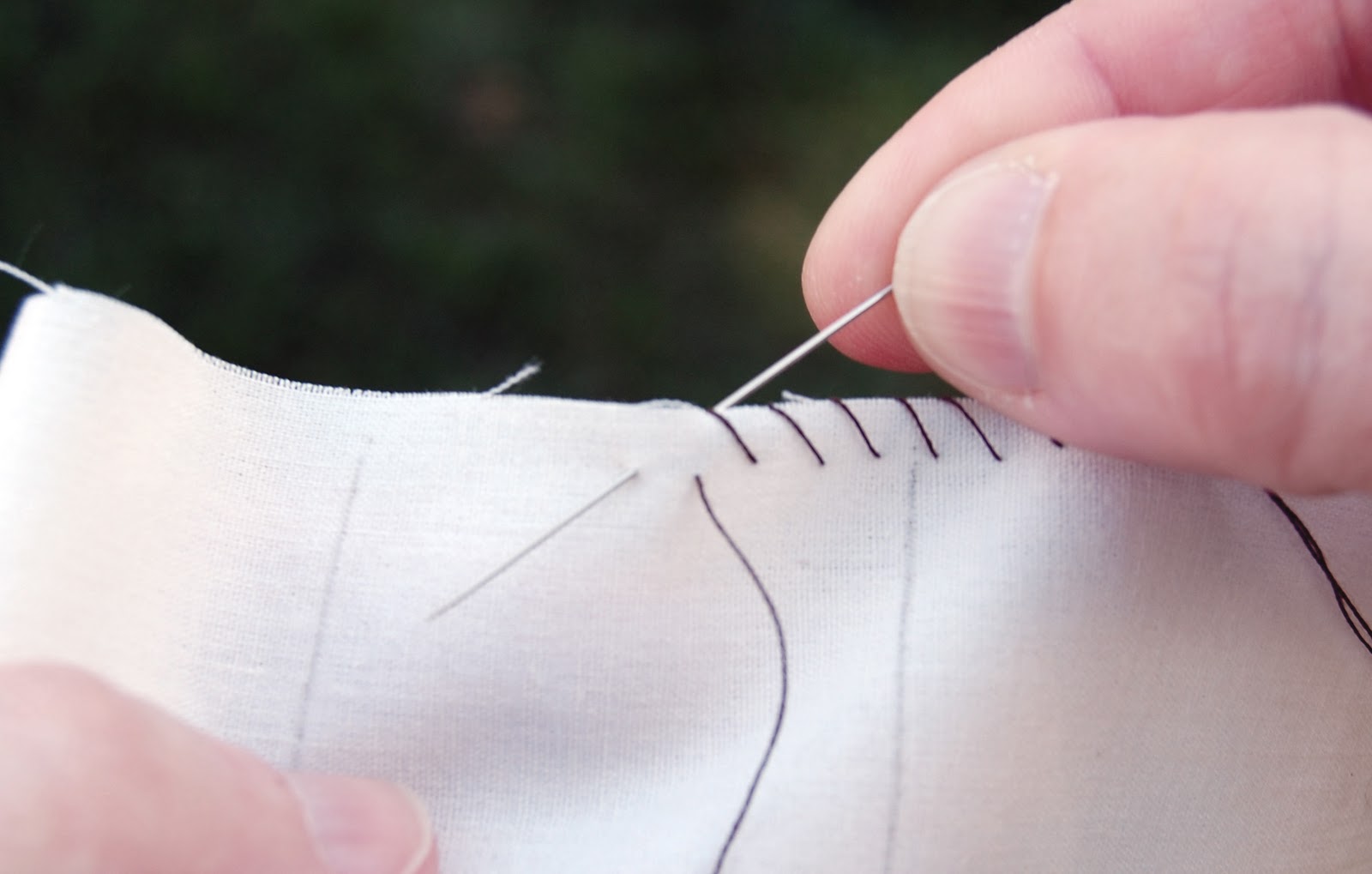
Hand Sewing The Basic Stitches
1. Thread your needle and tie a knot in the end of the thread. Bring the needle out through the fabric from the inside of the fold of the hem so that your end knot stays hidden. (Image credit: Ashley Poskin) 2.
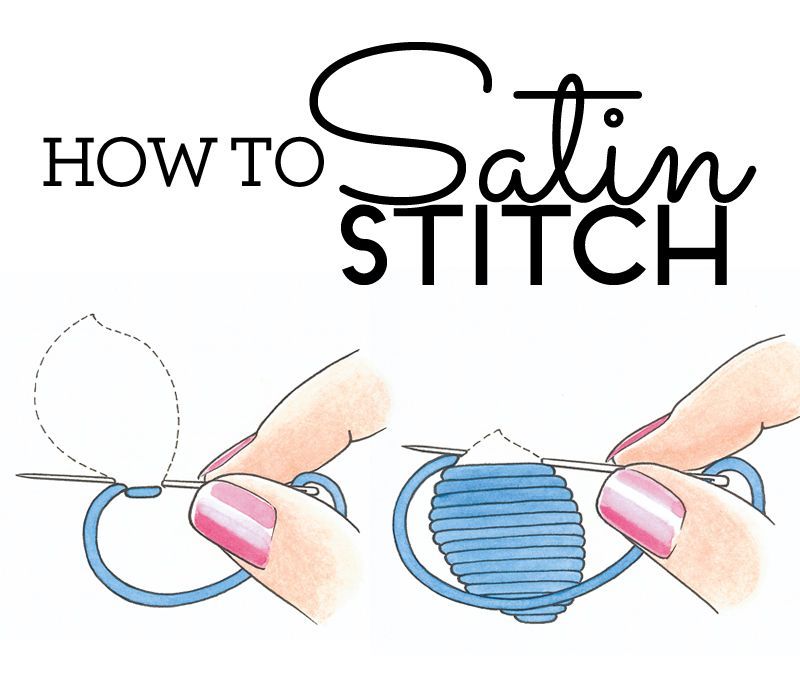
How to do satin stitch How to sew Sew Magazine
01 of 11 Thread a Hand Sewing Needle MOURIER NINA / Getty Images Threading a sewing needle can be an exasperating task. There are tips and tricks that can help make it less frustrating. For example, place a white background behind the needle to make it easier to see the eye and thread.

How to Hand Sew 6 Basic Stitch Photo Tutorials Apartment Therapy
The seven common stitches we'll be learning today are: running baste stitch and running stitch, catch stitch, blanket stitch, whip stitch, slip/ladder stitch, and back stitch. The Most Common Basic Hand Stitches Running Baste Stitch Running Stitch Catch Stitch Blanket Stitch Whip Stitch Slip Stitch/Ladder Stitch Back Stitch
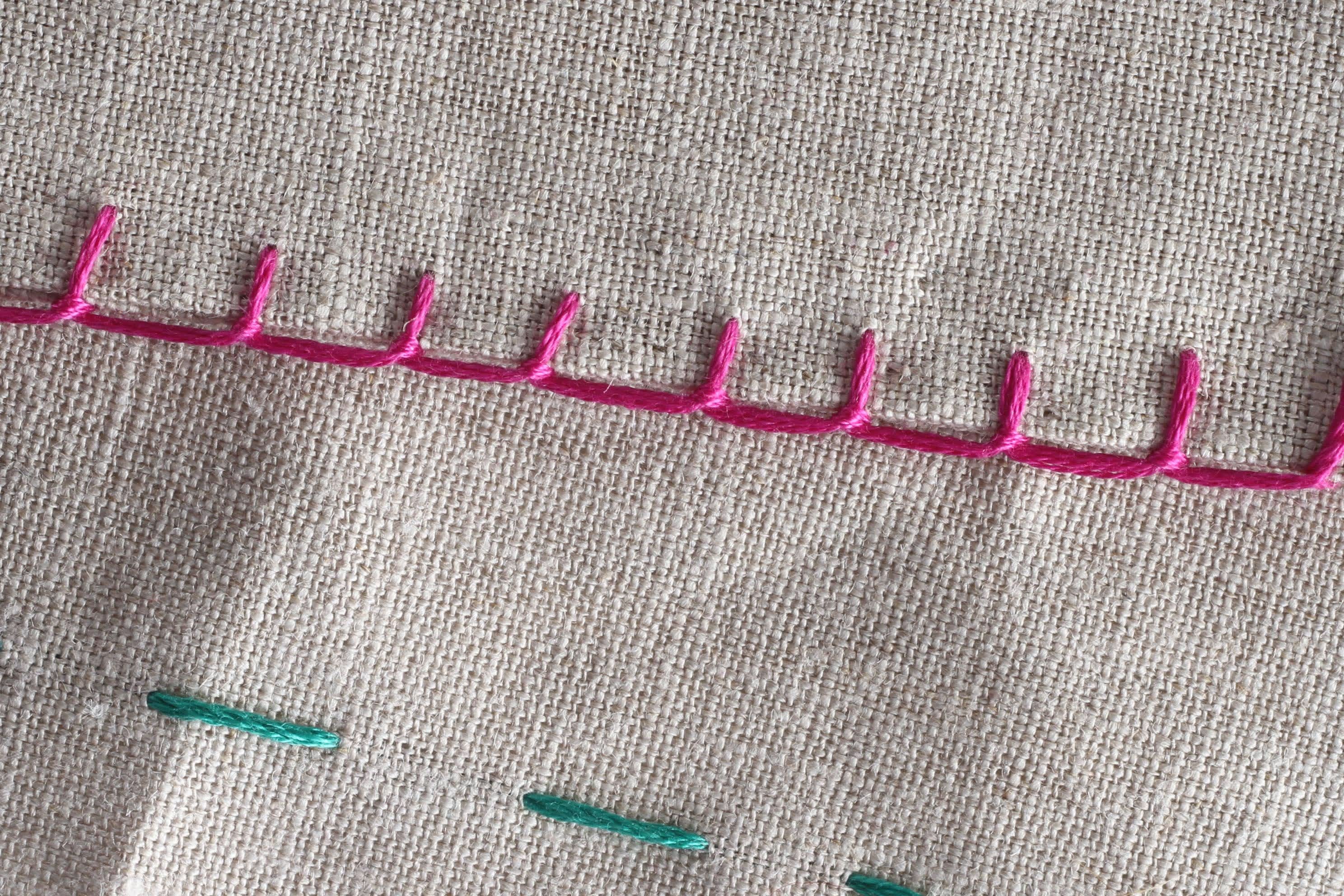
How To Sew by Hand 6 Helpful Stitches for Home Sewing Projects Apartment Therapy
Want to Learn More About Fashion Design? 8 Common Hand Sewing Stitches 1. Running stitch: A running stitch, also known as a basting stitch, is a long, straight stitch. This stitch is generally used as a basting stitch, which means it will temporarily hold two pieces of fabric together and can be easily taken out later. 2.